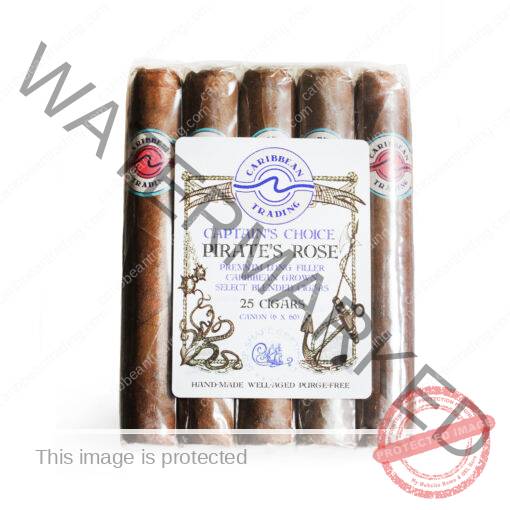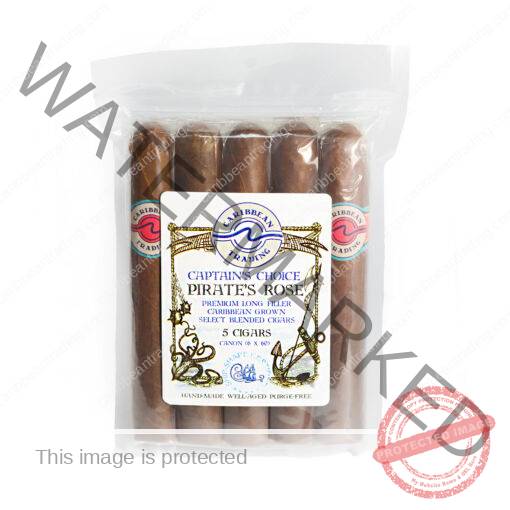Caribbean Lifestyle
Want to Sell Food in the Caribbean? Tips to Be Successful
With its colorful tradition and beautiful landscapes, the Caribbean is a region brimming with possibilities for entrepreneurs, especially inside the meals industry. With a large population that appreciates extensive flavors, the Caribbean market gives particular possibilities for food companies. However, succeeding in these dynamic surroundings requires knowing nearby tastes, policies, and client conduct. This article explores critical techniques to ensure fulfillment whilst promoting food in the Caribbean.
Understanding Local Tastes and Preferences
You’ve probably heard about the Caribbean being “a melting pot of cultures”. This is very true, actually. Each of the islands do their part contributing to a rich culinary scene. From Jamaica’s spiced jerk bird to the savory callaloo of Trinidad and Tobago, every island has its own flavors and dishes that you gotta try. Acknowledging the local tastes is a must if you wanna get into the best food in the Caribbean. So, don’t forget to conduct a market research! How? Taste local dishes, learn to prepare them and see the ingredients! If you can build a friendship with local cooks, then you’ll learn even more about it!
Keep in mind that you must also understand that Caribbean tourists have a sturdy preference for smooth, domestically sourced produces! There is a growing style within the route of herbal and healthy meal options, reflecting an global shift closer to more green and nature-positive life. Vendors must adapt to those alternatives by incorporating produce and natural products into their services. Seasonal vegetables, regionally caught seafood, and organic spices ought to be prioritized to cater to this demand.
Navigating Regulations and Compliance
Regulatory compliance is an essential issue in doing business within the Caribbean. Each country has its legal guidelines and regulations governing the food enterprise, and information is paramount to avoid prison pitfalls. Food carriers should ensure they agree to fitness and safety requirements, labeling requirements, and import rules if they plan to herald elements from outside outdoor places.
Obtaining the essential permits and licenses is a fundamental step. Vendors must know the neighborhood rules to understand the precise requirements of the USA. This may also include health inspections, food handling certifications, and adherence to sanitary guidelines. Keeping updated with regulatory adjustments is likewise critical, as governments inside the location frequently update food safety requirements to align with global norms.
Effective Marketing Strategies
Did you know that effective advertising is important to gaining a foothold within the Caribbean grocery market? That’s right: you gotta must tailor your advertising and marketing techniques to resonate with local customers (just like anywhere else!). This involves more than simply marketing; it calls for developing a emblem that resonates with Caribbean humans’ cultural values and tastes.
Social media platforms are a powerful tool for accomplishing customers. With high internet penetration costs throughout the area, systems like Instagram, Facebook, and TikTok are lovely for showcasing food offerings and engaging with clients. Vendors should leverage these platforms to proportion visually appealing content material, pictures and videos in their dishes, consumer testimonials, and the back-of-the-scenes appears at their operations.
Collaborating with nearby influencers can also enhance logo visibility. Influencers who resonate with the target market can help promote food merchandise to a broader target market, adding credibility and acceptance as true to the brand.
Importance of Custom Food Packaging
Custom food packaging is essential in attracting and retaining clients in the Caribbean market. Visually attractive packaging can appreciably affect a patron’s purchasing choice in a place where presentation is distinctly valued. Packaging should reflect the logo’s identification and produce the pleasant and distinctiveness of the product.
Sustainability is a developing situation amongst Caribbean purchasers, and eco-friendly packaging alternatives are increasingly favored. Vendors should not forget to use biodegradable or recyclable substances to align with the vicinity’s environmental goals. Highlighting these efforts on packaging can entice environmentally conscious purchasers and beautify brand popularity.
Additionally, packaging need to be designed to withstand the tropical climate of the Caribbean. High temperatures and humidity can have an effect on the food! So, packaging properly is a must. To offer true protection for freshness and sturdiness, consider the following: Airtight seals, moisture-resistant substances, and insulated packaging are important abilties that might maintain the product satisfactorily.
Building Strong Local Partnerships
Establishing sturdy partnerships with nearby businesses and suppliers is essential for achievement within the Caribbean food market. Wanna know even more tips? Then try these: collaborate real close with farmers, fishermen, and distributors that can offer a constant delivery of fresh food, as well as to ensure the authenticity of meals. These partnerships can also help providers navigate the complexities of the nearby market and offer insights into client alternatives.
Local partnerships can also expand to co-branding tasks and joint promotions. Collaborating with installed brands or participating in nearby meal festivals can grow visibility and credibility. These partnerships create opportunities for advertising and publicity to new patron segments, enhancing brand popularity and belief.
Adapting to Changing Consumer Trends
Consumer trends within the Caribbean are constantly evolving, and food vendors must remain agile to adapt to those changes. Health and wellness are increasingly prioritized with the aid of purchasers, leading to a call for more healthy meal alternatives. Vendors should not forget to incorporate nutritious components and offer healthier options to standard dishes to cater to this fashion.
Moreover, the rise of digital systems has converted how clients access food. Online ordering and delivery services have been renowned, mainly in city regions. Vendors must keep in mind organizing an internet presence and partnering with delivery systems to reach a broader audience and provide convenience to clients.
Embracing generation can also streamline operations and enhance consumer experiences. Implementing digital price structures, purchaser loyalty programs, and mobile apps can improve efficiency and foster customer loyalty. Vendors who include innovation and adapt to changing customer choices are likely to thrive in the competitive Caribbean food market.
Enhancing Customer Experience
Providing first-rate consumer experiences is essential for building a devoted client base within the Caribbean. The place is known for its warm hospitality, and providers should try to reflect this in their interactions with clients. Friendly providers, personalized tips, and prompt responses to inquiries can appreciably beautify the overall level.
Listening to consumer comments and making improvements based on their pointers is essential for increase. Engaging with customers through surveys, social media interactions, and loyalty packages can provide valuable insights into their possibilities and expectations. Vendors prioritizing purchaser pleasure and continuously refining their offerings based totally on remarks are more likely to prevail in the long term.
Conclusion
Selling meals in the Caribbean is something really interesting to do, especially since there’s a huge variety of things to do. The possibilities are endless for marketers willing to navigate the situations of the area. By understanding the tastes, complying with tips, and imposing effective advertising and marketing strategies, vendors can set up a sturdy presence in the marketplace. After all, isn’t that what everyone wants? Custom food packaging, partnerships, and adaptableness to changes in purchaser trends are vital for success!
So, you wanna design a successful “meal biz”? Do you wanna be known as the best? If you want someone to ask who has the best food in the Caribbean and people reply with your business, follow this guide! Companies can tap into the colorful Caribbean marketplace and create lasting fulfillment by handing over first-rate products, embracing sustainability, and presenting first-rate consumer experiences.







